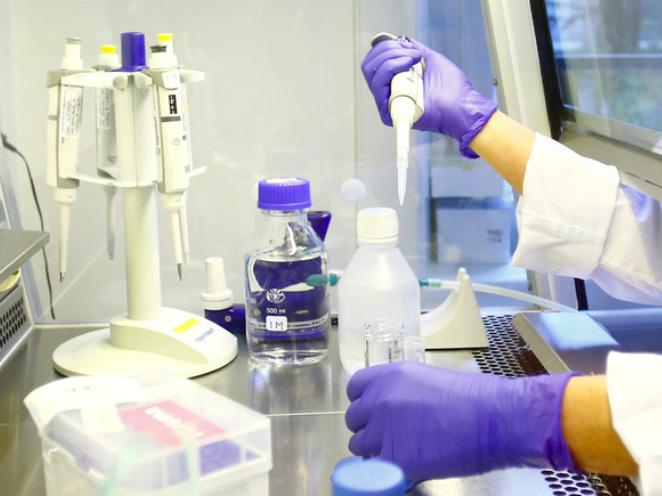
1 minute read
C oronav I rus
The pandemic has had long-standing impacts on a variety of sectors, and despite being somewhat predicted, the extent to which it would impact the world as well as the exact time it would occur could not have been foreseen. The three macro trends chosen were: PPE, reduced travel and digital dependency.

Advertisement
Hospitals and healthcare were most significantly impacted, with the reorganisation of the NHS to prioritise coronavirus patients as well as those needing urgent care as a way of coping with the increased admissions (Lewis, 2020). Moreover, medical research and scientific testing was assigned to COVID-19, with a recent breakthrough of a better-than-expected 90% efficacy vaccine (Financial Times, 2020). Budd et al (2020) credit the use of digital technologies in the medical sector, including contract tracing to identify cases and the source of which (Budd et al, 2020). Moreover, the demand for PPE has surged, meaning not all demand could be met. Many individuals have contributed by making reusable face coverings and scrubs, along with several fashion brands who have now begun to capitalise on the growing trend for stylish versions.

Border restrictions and lockdowns have placed the travel industry in a concerning decline. “Several longstanding travel companies have failed during the pandemic” (Choat, 2020) as consumers have remained at home due to fears of catching the virus as well as self-isolation and social distancing rules. As a result, the tourism industry has been significantly impacted as holiday destinations are below average capacity. Alongside personal travel, trade services have also been impacted globally, falling by £33.1bn over a threemonth period. Demand for fuel and machinery were most affected due to changing lifestyles, spending more time at home and prioritising necessary goods (ONS, 2020). meaning home adaptations are in higher demand, including stairlifts, rails/grips, and alert systems (NHS, 2018).

Consumer lifestyles have altered with non-essential stores closed, and workplaces and education relocated online. Consumers are increasingly dependent on digital devices. Broadband and mobile networks saw an increased demand with aims to improve quality. The shift to online retail is sooner than expected, with additional reorganisation from consumer attitudes to supporting local. Younger generations will also be more techsavvy as education relies greater on online platforms for teaching. Whilst most children own a mobile or tablet, a percentage do not have access to technology and so schemes will be implemented for equal access to educational materials (Kleinman et al, 2020).









